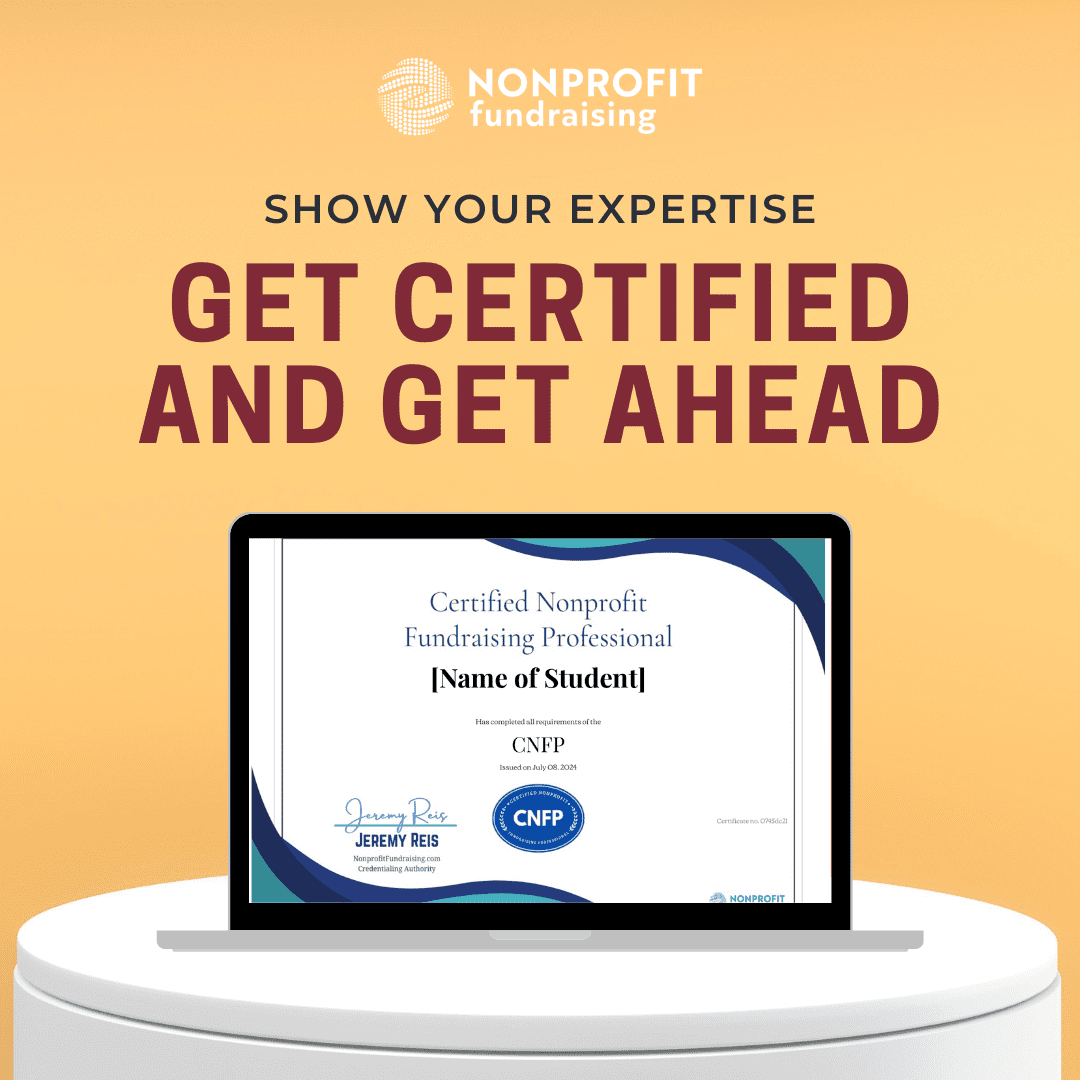Your donors aren’t making rational decisions about their giving—and that’s actually great news for your fundraising. Recent donor psychology research reveals that understanding how people’s minds work when they’re deciding whether to donate can dramatically improve your results, often with surprisingly simple changes to what you’re already doing.
This guide translates cutting-edge donor psychology research into practical strategies you can implement immediately. No PhD required—just a willingness to work with human nature instead of against it.
Understanding Your Donor’s Mental Shortcuts
Before diving into specific tactics, it’s crucial to understand that donors use mental shortcuts (called heuristics) to make giving decisions quickly. These shortcuts aren’t flaws—they’re features of how our brains efficiently process information. Your job as a fundraiser is to make these shortcuts work in your favor.
The Three-Second Rule
Donors form impressions about your organization within three seconds of encountering your message. This means your first sentence, your subject line, or your opening visual needs to immediately communicate trustworthiness and impact. Start every communication by answering the donor’s unconscious question: “Can I trust this organization to make a meaningful difference?”
Crafting Messages That Work With Psychology
Use the “Identifiable Victim” Principle
What to do: Feature one specific person or family in your appeals instead of talking about large numbers of people you serve.
How to implement it:
- Replace “We serve 500 homeless families” with “Meet Sarah, a mother of two who lost her apartment when her hours were cut”
- Include a photo and specific details about one beneficiary
- Tell their complete story—background, challenge, and how your organization helped
- Use their actual name (with permission) rather than generic identifiers
Why it works: People’s brains struggle to emotionally connect with large numbers but respond powerfully to individual stories. Research shows donors give significantly more when appeals focus on one person rather than multiple people, even when helping multiple people would objectively accomplish more.
Master the Art of Anchoring
What to do: Strategically place higher dollar amounts to influence how much people donate.
How to implement it:
- Start your suggested donation amounts with a higher figure than you think donors will give
- If you currently suggest $25, $50, $100, try $100, $250, $500
- Mention major gifts in your appeals: “Thanks to donors like Jennifer, who contributed $5,000 last month…”
- Include context about costs: “For $200, you can provide a month of meals” before asking for any amount
Why it works: The first number donors see becomes an “anchor” that influences their perception of what an appropriate gift should be. Even if they don’t give the anchor amount, they’ll typically give more than they would have without seeing that higher number.
Frame Your Work as Solutions, Not Problems
What to do: Lead with what you’re accomplishing rather than what’s wrong in the world.
How to implement it:
- Start emails with recent victories: “Last month, we helped 47 families find permanent housing”
- Use before-and-after language: “Thanks to supporters like you, Maria went from sleeping in her car to signing a lease on her own apartment”
- Include specific metrics of progress: “Our youth program has achieved an 89% high school graduation rate”
- Position donors as partners in solutions: “You’re helping us tackle this challenge by…”
Why it works: Solution-focused messaging makes donors feel empowered and effective rather than overwhelmed by problems. Research from Yale shows that when people see how an organization contributes to solving issues, their intent to donate increases significantly.
Leveraging Social Psychology
Harness the Power of Social Proof
What to do: Show donors that people like them are already supporting your cause.
How to implement it:
- Include real quotes from current donors in your appeals
- Display live donation counters on your website showing recent gifts
- Share stories about community members who volunteer or advocate
- Use phrases like “Join the 347 neighbors who have already donated this month”
- Feature testimonials from donors who share characteristics with your target audience
Why it works: People look to others’ behavior to guide their own decisions, especially when they’re uncertain. Seeing that peers are donating makes giving feel normal, expected, and socially rewarded.
Create Visible Communities
What to do: Make your donor community visible and appealing to join.
How to implement it:
- Develop donor recognition levels with appealing names that donors want to belong to
- Share photos from donor events showing people enjoying themselves
- Create Facebook groups or online communities for supporters
- Highlight volunteers and donors in your newsletter
- Use “insider” language that makes supporters feel part of something special
Why it works: Humans have a fundamental need to belong to groups. Making your supporter community visible and attractive motivates people to join through donations or deeper engagement.
Optimizing the Giving Experience
Eliminate Friction in Your Donation Process
What to do: Remove every possible barrier between a donor’s intent to give and completed donation.
How to implement it:
- Reduce your donation form to one page with minimal required fields
- Accept multiple payment methods including digital wallets
- Make your donation button large, colorful, and obvious
- Pre-populate suggested amounts based on the donor’s giving history
- Ensure your donation page loads quickly on mobile devices
- Test your donation process monthly to catch any technical issues
Why it works: Every additional click or required field creates an opportunity for donors to change their minds. Behavioral economics shows that reducing friction can increase completion rates by 20-40%.
Provide Instant Gratification
What to do: Give donors an immediate positive experience when they complete a gift.
How to implement it:
- Send an automatic thank-you email within minutes of receiving a donation
- Include celebration language: “Congratulations! You just provided meals for a family of four”
- Show immediate impact: “Your $50 gift means Sarah can stay in our emergency shelter tonight”
- Use positive, energetic language rather than formal acknowledgments
- Consider small, unexpected thank-you gifts delivered within days of receiving larger donations
Why it works: The brain releases dopamine when we receive immediate positive feedback, creating a mental association between giving and feeling good. This dramatically increases the likelihood of repeat donations.
Advanced Psychological Strategies
Use Positive Labeling
What to do: Identify your donors with positive traits that they want to embody.
How to implement it:
- Call donors “community champions,” “change-makers,” or “advocates”
- Use phrases like “As someone who cares deeply about education…” in your appeals
- Acknowledge their identity: “Your generosity over the past three years shows your commitment to…”
- Thank them for “being the kind of person who…” before making asks
- Include their giving history to reinforce their identity as a supporter
Why it works: When you label someone as generous, caring, or committed, they’re motivated to act in ways that confirm that identity. This psychological principle significantly increases both giving likelihood and gift amounts.
Implement Strategic Scarcity
What to do: Create genuine urgency around giving opportunities.
How to implement it:
- Highlight real deadlines: matching gift periods, grant application due dates, program enrollment deadlines
- Show limited capacity: “We can only serve 25 additional families with our current resources”
- Use countdown timers for legitimate time-sensitive campaigns
- Update donors on progress toward capacity: “We’re 60% of the way to our goal of serving 100 seniors”
Why it works: Scarcity triggers our fear of missing out and motivates immediate action. However, this only works when the scarcity is authentic—donors can detect artificial urgency and will lose trust in your organization.
Apply Reciprocity Principles
What to do: Give something of value before asking for donations.
How to implement it:
- Provide useful content: research reports, how-to guides, community resource lists
- Offer experiences: behind-the-scenes tours, expert presentations, volunteer opportunities
- Give unexpected small gifts to major donors between appeals
- Share exclusive updates or early access to information
- Provide personalized impact reports showing exactly how their previous gifts were used
Why it works: When people receive something valuable, they feel a psychological obligation to reciprocate. This principle is most effective when the “gift” is unexpected and genuinely useful to the recipient.
Segmenting Your Approach by Donor Psychology
Understand Generational Differences
Different generations respond to different psychological triggers:
Baby Boomers and Gen X:
- Emphasize organizational stability and track record
- Use formal communication styles
- Focus on legacy and long-term impact
- Provide detailed information about programs and finances
Millennials and Gen Z:
- Highlight community and peer involvement
- Use social media and visual storytelling
- Emphasize transparency and authenticity
- Create opportunities for advocacy and engagement beyond giving
- Show how donations connect to their personal values
Adapt to Giving Level Psychology
Small donors (under $100):
- Focus on belonging and community
- Provide frequent, low-pressure engagement opportunities
- Use social proof heavily
- Make giving feel accessible and impactful regardless of amount
Mid-level donors ($100-$1,000):
- Emphasize their growing impact and involvement
- Provide more detailed information about programs
- Offer special access or recognition opportunities
- Position them as important partners in your work
Major donors ($1,000+):
- Focus on partnership and collaboration
- Provide extensive transparency and access
- Emphasize their unique role and impact
- Offer meaningful involvement in organizational direction
Measuring Psychological Impact
Track Engagement Beyond Dollars
Monitor these psychological indicators:
- Email open and click-through rates (indicates emotional connection)
- Social media engagement and sharing (shows community pride)
- Event attendance (measures relationship strength)
- Volunteer participation (demonstrates deep commitment)
- Response time to appeals (indicates enthusiasm level)
Test and Optimize Continuously
Run simple A/B tests on:
- Subject lines (solution-focused vs. problem-focused)
- Donation amount suggestions (different anchoring strategies)
- Story formats (individual vs. multiple beneficiaries)
- Thank-you message timing and content
- Social proof elements (testimonials vs. statistics)
Implementation Timeline
Week 1-2: Quick Wins
- Audit your donation process for friction points
- Update your email templates to include more social proof
- Revise your standard appeal to focus on one specific beneficiary
Month 1: Foundation Building
- Implement automatic celebration emails for all donations
- Create donor recognition levels with appealing names
- Develop a library of solution-focused impact stories
Month 2-3: Advanced Strategies
- Launch A/B tests on anchoring strategies
- Implement positive labeling in all donor communications
- Create exclusive content or experiences for different donor segments
Ongoing: Optimization
- Monthly review of psychological indicators
- Quarterly testing of new approaches
- Annual assessment of donor satisfaction and engagement
The Bottom Line
Donor psychology isn’t about manipulation—it’s about understanding and respecting how people naturally make decisions about helping others. When you align your fundraising strategies with how donors’ minds actually work, you create better experiences for your supporters while achieving better results for your mission.
Start with one or two strategies that feel most natural for your organization and donors. As you see results, gradually incorporate additional psychological principles. Remember, the goal isn’t to trick people into giving—it’s to remove barriers and create positive experiences that make generous people feel good about supporting your important work.
The research is clear: organizations that understand and apply donor psychology principles see significant improvements in donor retention, average gift size, and overall fundraising effectiveness. More importantly, they build stronger, more satisfying relationships with the people who make their mission possible.

